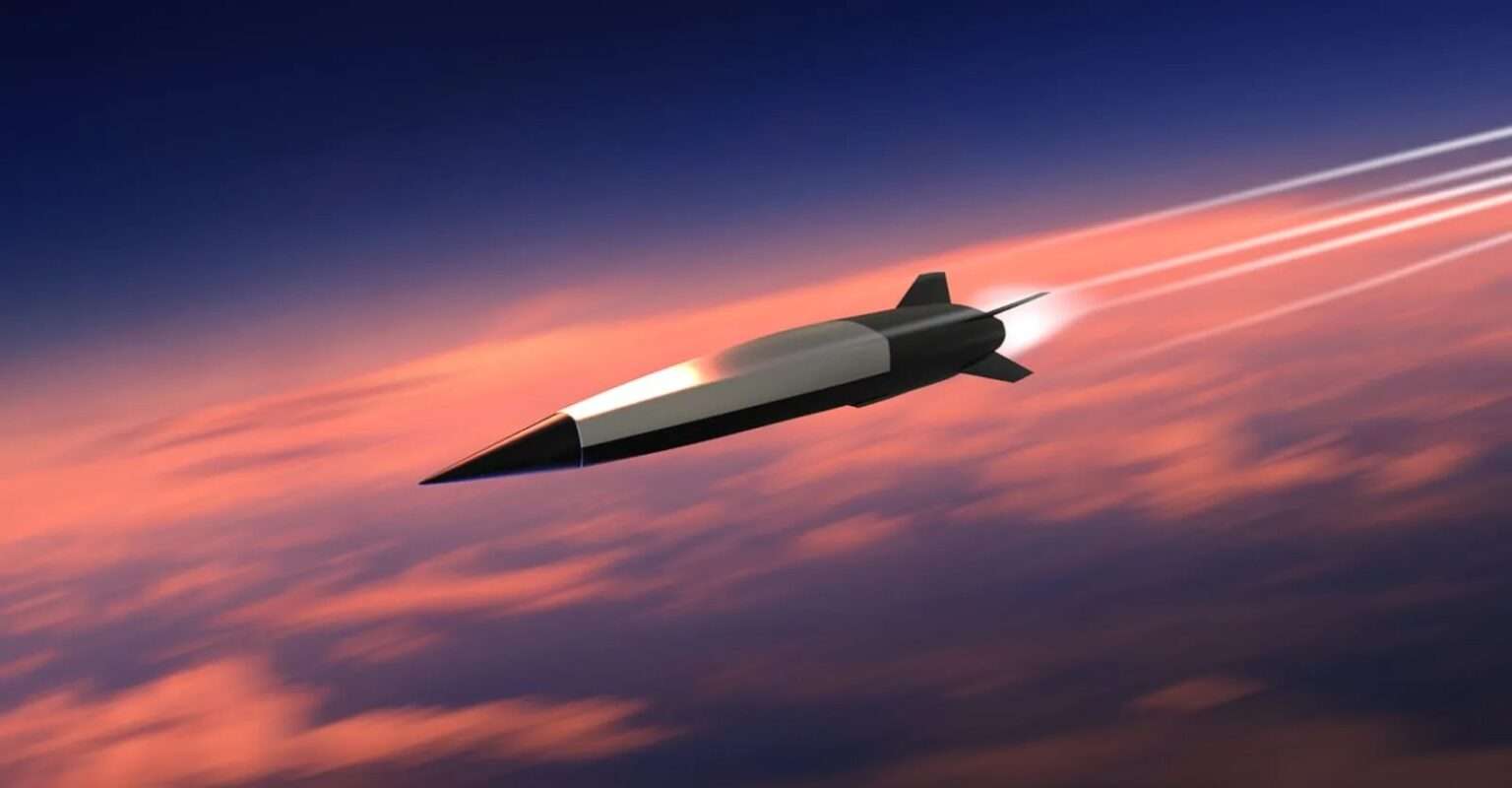The 2025 military parade in Beijing indicated progress of China’s military modernization as Beijing seeks to modernize its armed forces with a number of sophisticated weapons systems and military technologies. While the parade may have shown military confidence, it is also a warning to regional powers, particularly India, of the changing security landscape in the Indo-Pacific.
Key Highlights from China’s Defence Parade
The parade featured critical upgrades across multiple domains:
Nuclear Strategic Forces: China demonstrated intercontinental ballistic missiles (ICBMs), specifically the DF-5C ICBM and DF-61 ICBM, submarine-launched ballistic missiles (JL-3), and an air-launched nuclear missile (Jingle-1), demonstrating the completed nuclear triad with a capable second-strike posture in the hands of China.
Hypersonic and Precision Missiles: Hypersonic anti-ship missiles (YJ-19, YJ-21) and conventional hypersonic weapons (DF-17, DF-26D) were dominant, exposing significant challenges to current missile defense systems.
Directed Energy and Counter-Drone Systems: The deployment of lasers (LY-1) and anti-drone systems demonstrates China’s plans for addressing air threats emerging and types of emerging air threats.
Unmanned and Autonomous Systems: From giant submarine drones (AJX002), to stealth combat UAVs (GJ-11), to AI-powered ground robots, China is continuing to substantially pursue autonomous battlefield systems.
Modernized Ground Forces: The intelligent main battle tank (Type-99B) with augmented reality and unmanned turret demonstrates changes in operational capability in complex terrains.
Geopolitical Shifts and the Indo-Pacific Security Environment
China’s exhibition undoubtedly illustrates its will to dominate or exert influence in the Indo-Pacific with a new suite of advanced anti-ship hypersonic missiles and naval enhancements that challenge regional powers over both maritime and land engagements. Notably, the series of charters focused on ‘rapid reaction forces’ and amphibious vessels signal its readiness for confrontations at disputed borders or in assumed contested waters.
For India, this finally emphasizes the need to elevate its own defence posture toward a modernization of capability; with 2025 as the landmark ‘future date’ the modernization changes in India’s military appear to be coming.
India’s Defence Projects: Current and Upcoming (2025)
Key Current Defence Projects and Initiatives
Tejas Mk1A Fighter Aircraft: The Indian Air Force is inducting the first operational lot of Tejas Mk1A fighter. This aircraft is outfitted with AESA radar, advanced avionics and electronic warfare. These aircraft will be a leap in the indigenous combat aircraft capability space.
INS Vagsheer and Project 75 Submarines: INS Vagsheer is a hunter-killer submarine with AIP capabilities and will commission in 2025. There are an additional six submarines equipped with the AIP, as well as, future nuclear-powered attack submarines (SSN). The AIP submarines under Project 75 will enhance undersea deterrence.
Integrated Theatre Commands (ITCs) and Integrated Battle Groups (IBGs): The ITCs will support tri-service jointness by operationalizing a joint command structure in theatre cognizance and the IGs will allow agile and flexible warfighting employing rapid response action.
Prachand Light Combat Helicopters: The GoI has entered into a $7.3 billion agreement for 156 Prachand helicopters for close air support, anti-tank and high altitude operations, enhancing indigenous combat helicopter capacity.
Directed-Energy and Counter-Drone Weapons: High energy laser and microwave directed-energy systems are under development for missile defence capabilities and UAV (drone) neutralization.
Advanced EW and Cyber Capabilities: The “Divya Drishti” program aims to develop spectrum dominance and multi-domain SIGINT capabilities and prepare cyber resilience.
Soldier-Centric Modernization: AI-enhanced helmets with integrated sensors and data feeds, exoskeletons, AR command and control systems, and health-monitoring devices for improved soldier survivability and situational awareness.
Upcoming and Long-Term Projects
15-Year Defence Modernisation Roadmap (2025–2040): Australia will focus on AI, hypersonics, stealth UCAVs, nuclear naval vessels, and next-generation tanks.
Hypersonic Weapons & Precision Guided Munitions: India is developing hypersonic glide vehicles, scramjet-based systems and loitering munitions for contested battlefields.
Naval Expansion: Including a new aircraft carrier, 10 next-gen destroyers, multiple landing platform docks, and many new state-of-the-art helicopters.
Indigenous Production & Make in India: With Atmanirbhar Bharat, DRDO, private firms, and start-ups are innovating, with a very strong emphasis on products produced locally.
Quantum and Advanced Research: DRDO’s Quantum Technologies Research Centre (QTRC), is focused on quantum materials, sensors, and communications.
Defence Budget and Reforms: India defence budget for 2025–26 is ₹6.81 lakh crore. Also, officially 2025 is ‘Year of Reform”, which indicates pressures to rapidly integrate new technologies, joint command support and more.
Summary Table of Important Projects
India’s projects reflect a focused drive on modernization, self-reliance, and readiness across multiple domains to counter evolving threats effectively.
Conclusion
While China’s military parade of 2025 may have illustrated its expanding arsenal of weaponry, India too is forging ahead with an unmistakable pathway of modernization. Developments like the Tejas Mk1A, INS Vagsheer, Integrated Theatre Commands, and Prachand helicopters not only represent transformative contributions of current capabilities but also the 15-year Defence Modernisation Roadmap, hypersonic weapons, AMCA, and quantum research, for long-range future preparedness in Indian armed forces. New Delhi has no intention of competing with Beijing’s parade-driven objective; India’s is emphasizing self-reliance (Atmanirbhar Bharat), operational pragmatism, and trusted partnerships, with states like the U.S., France, and Japan. As a result, India is able to ensure its deterrent capabilities are strengthened, and that its sovereignty/we can project stability into the Indo-Pacific. In the coming years, it will be combat credibility, technological resilience, and strategic partnerships that will establish the rules of power, while India will fortify itself not as a counterweight to China but as a pillar of decency or stabilizing framework for both regional and assertive security, shaping future state cooperation in the Indo-Pacific.

